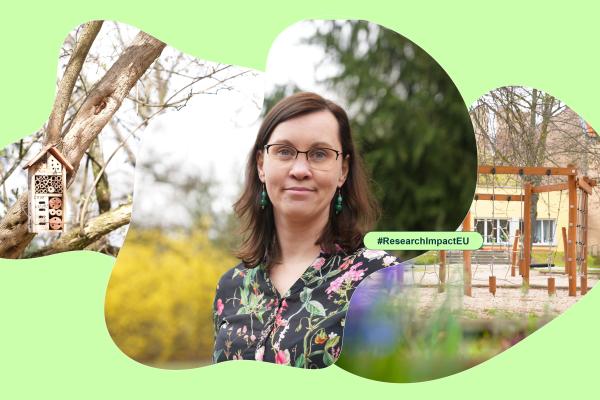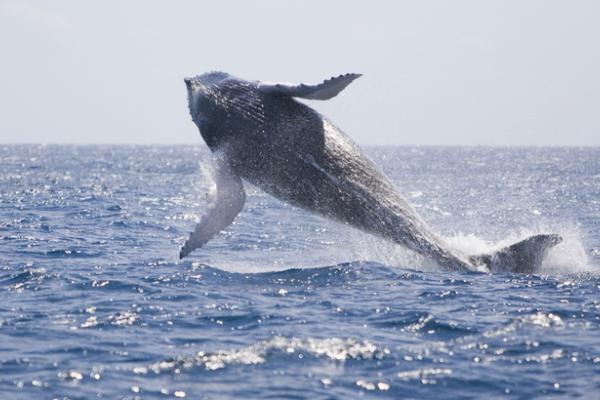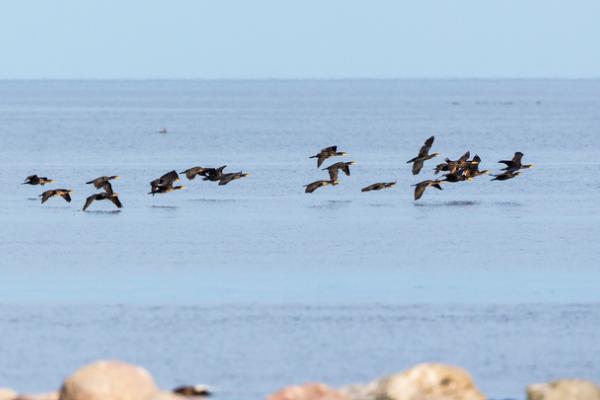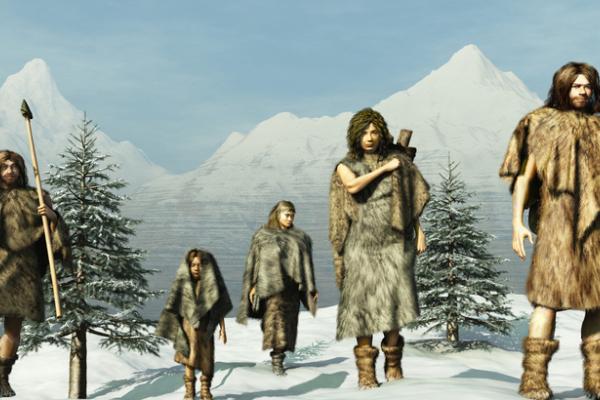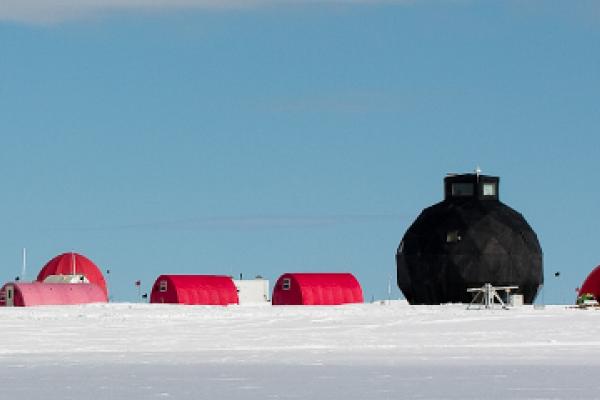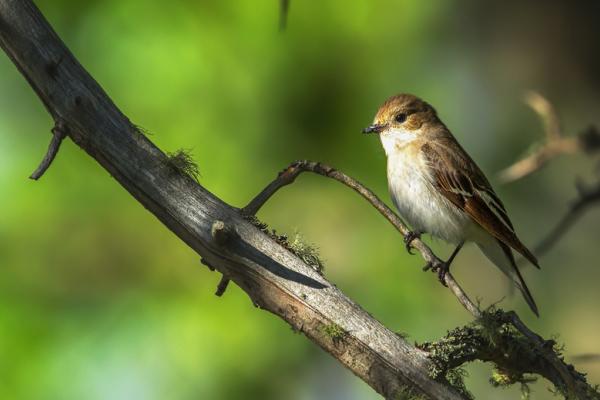Investing in cultural heritage will help strengthen Europe’s economy, with the benefits extending far beyond tourism, according to Professor Simon Thurley, former chief executive of English Heritage…
The mysterious properties of quantum mechanics are helping scientists understand how plants can photosynthesise energy so efficiently, and the findings could help design more efficient solar cells.
Researchers are using cutting-edge gene reading techniques in a race against time to breed more productive fish and crops and help reduce the impact of global warming.
Environmental changes may have led to the emergence of resilient hybrids, scientists in Germany believe, raising the possibility that periods of climate flux can speed up evolution.
Fossilised urine from rabbit-like animals called hyraxes could tell scientists how plants and animals may react to future climate change.
The EU is teaming up with the US and Canada to make the first ever full map of an ocean floor, and they hope it will help to understand issues like climate change better.
Birds might be able to see the earth’s magnetic field as dark areas superimposed on their vision, like a fighter pilot's heads-up display, and scientists are close to working out how.
New genomic data suggests that when Europeans emerged from the last ice age they were close to becoming extinct.
Cylinders of ice from Greenland and Antarctica are giving new insights into previous eras of warmer climates, and the data is being used to test models for predicting future climate change.
Changes in the migratory patterns of birds are providing insights into how the natural world is responding to climate change, and the potential consequences for those species that are able to adapt…


